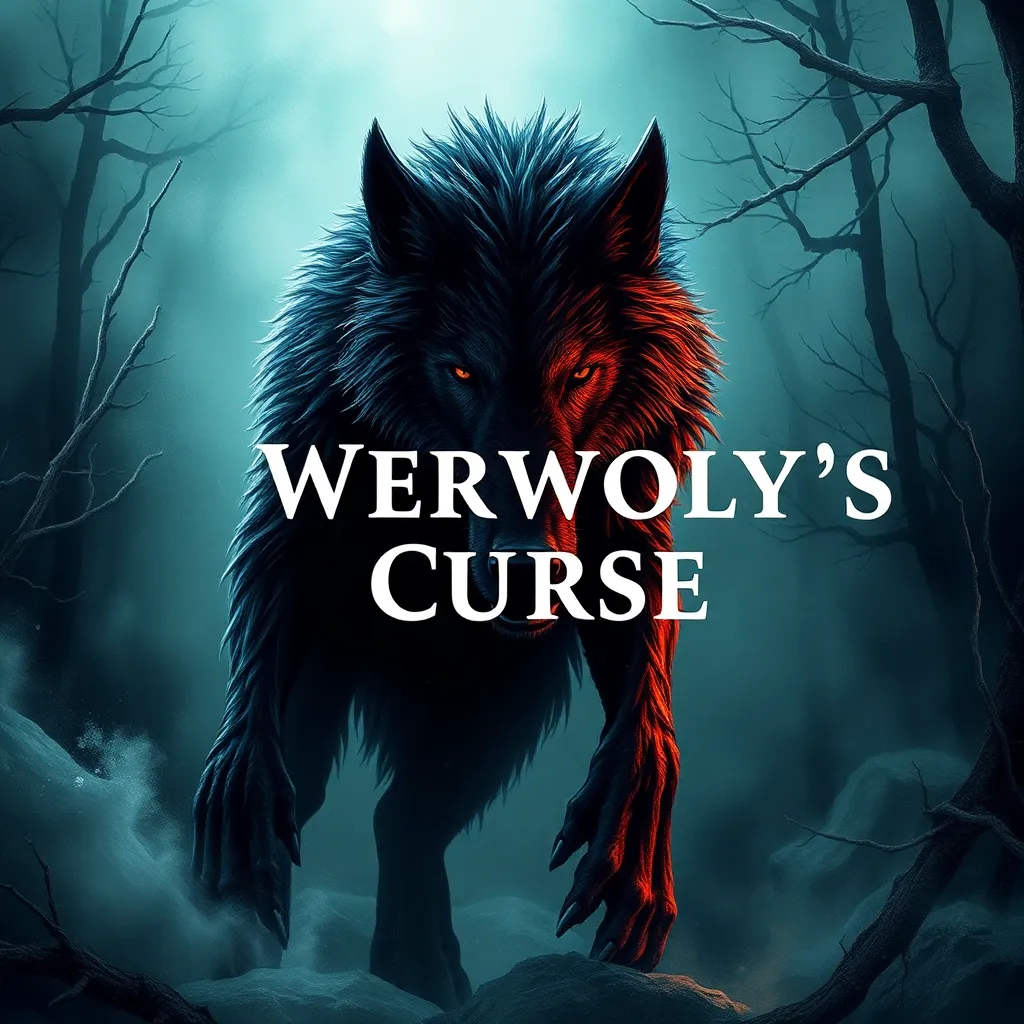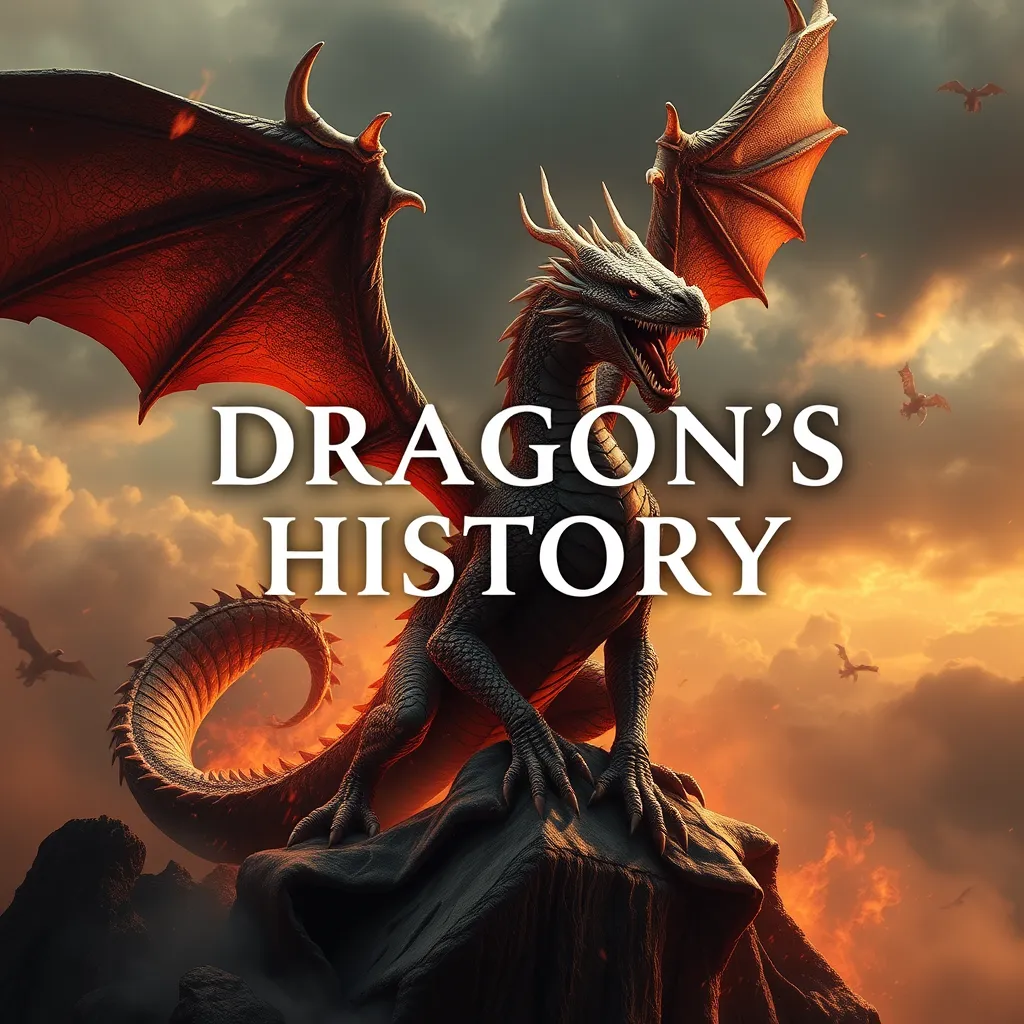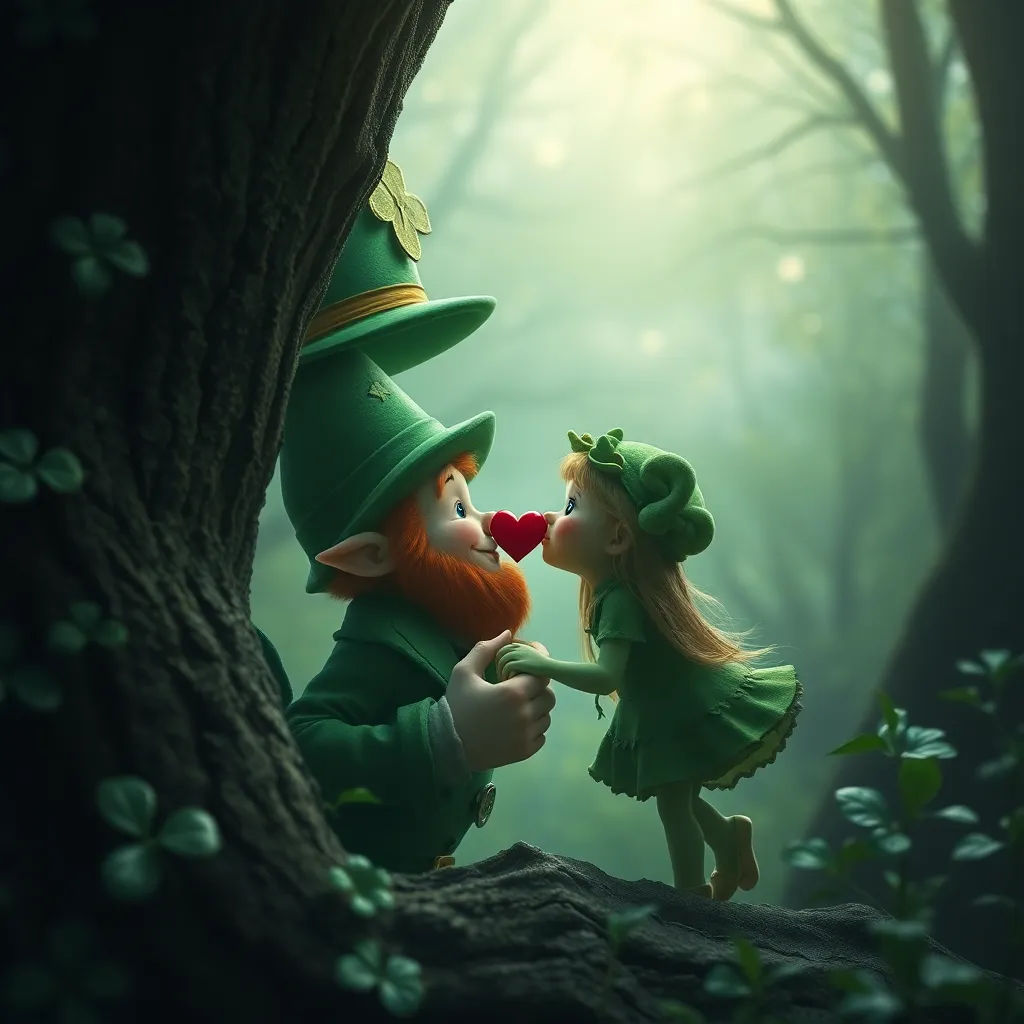Beyond the Rainbow’s End: A Journey Through Fairy Myths and Legends
I. Introduction to Fairy Myths and Legends
Fairy myths and legends are enchanting narratives that often involve magical creatures, extraordinary adventures, and moral lessons. These stories have captivated audiences for centuries, serving as a reflection of cultural values and beliefs.
Folklore plays a critical role in shaping cultural identity, providing a shared heritage that connects generations. Through fairy tales, people can explore their history, understand societal norms, and engage with the mystical elements of their culture.
This article embarks on an exploration of fairy myths and legends, examining their historical origins, symbolism, common themes, iconic characters, and their modern adaptations.
II. Historical Origins of Fairy Tales
The roots of fairy myths can be traced back to ancient cultures across the globe. These tales often emerged from the oral traditions of societies, where stories were passed down through generations.
As these narratives evolved, they incorporated local customs, beliefs, and experiences. The transition from oral storytelling to written texts in the 17th century marked a significant milestone in fairy tale history.
- Giovanni Francesco Straparola and Basile’s “Pentamerone” are considered early contributors to the fairy tale genre.
- The Brothers Grimm popularized fairy tales in the 19th century, collecting and publishing stories like “Hansel and Gretel” and “Snow White.”
III. The Symbolism of the Rainbow in Fairy Lore
In fairy lore, the rainbow is often seen as a bridge between the earthly realm and the magical world. It symbolizes hope, promise, and the connection between different dimensions.
Culturally, rainbows have diverse interpretations:
- In many cultures, rainbows are associated with good fortune.
- In Celtic mythology, rainbows lead to the realm of the fairies.
Notable stories featuring rainbows include:
- “The Wizard of Oz,” where Dorothy follows a rainbow to a land of magic.
- “The Leprechaun’s Pot of Gold,” which involves searching for treasure at the end of the rainbow.
IV. Common Themes in Fairy Myths
Fairy myths often explore universal themes that resonate with audiences of all ages. Some of the most common themes include:
- The Battle Between Good and Evil: Many tales depict the struggle between benevolent forces and malevolent villains.
- Transformation and Redemption Journeys: Characters frequently undergo significant transformations or journeys, symbolizing personal growth and redemption.
- The Role of Nature and the Supernatural: Nature often plays a vital role, with magical elements intertwined in the natural world.
V. Iconic Fairy Characters and Their Legends
Fairy tales are populated by a diverse array of characters, each contributing to the rich tapestry of these narratives. Key categories include:
- Fairies, Elves, and Other Magical Beings: These characters often embody the whimsical and mysterious aspects of nature.
- Mythical Heroes and Heroines: Central figures like Cinderella and Hercules showcase bravery and resilience.
- The Duality of Fairy Characters: Many characters, such as the fairy godmother or the wicked witch, embody both benevolent and malevolent traits, reflecting the complexities of human nature.
VI. Fairy Myths Across Different Cultures
Fairy myths are not confined to one region; they span across cultures, with European and Asian fairy tales showcasing unique elements:
- European Fairy Tales: Often feature archetypes like knights, princesses, and magical creatures.
- Asian Folklore: Includes tales of dragons, spirits, and moral lessons woven into everyday life.
Indigenous myths also offer a treasure trove of narratives, emphasizing harmony with nature and spiritual beliefs. Cross-cultural influences can be seen in shared motifs, such as:
- Creation stories featuring unique beings.
- Legends of trickster figures who challenge norms.
VII. The Modern Revival of Fairy Myths
In contemporary society, there has been a notable resurgence of interest in fairy myths. Adaptations in literature and film have brought these tales to new audiences:
- Disney’s animated films have reimagined classic tales, making them accessible to children.
- Modern authors like Neil Gaiman and Holly Black have infused fairy tales with contemporary themes.
Fairy tales continue to play a vital role in storytelling, encouraging exploration of identity, morality, and the human experience. The revival illustrates that these stories resonate with modern audiences, reflecting timeless struggles and aspirations.
VIII. Conclusion: The Enduring Legacy of Fairy Myths
Fairy myths and legends possess a timeless nature that transcends generations. They invite readers to immerse themselves in magical realms while offering profound insights into human nature and societal values.
The impact of fairy myths on modern culture is significant, influencing literature, film, and art. These stories encourage us to explore the fantastical while reminding us of the lessons embedded within.
As we navigate the complexities of our world, embracing and celebrating fairy tales can provide comfort and inspiration. We are encouraged to rediscover these narratives, finding new meanings and connections in their enchanting folds.




